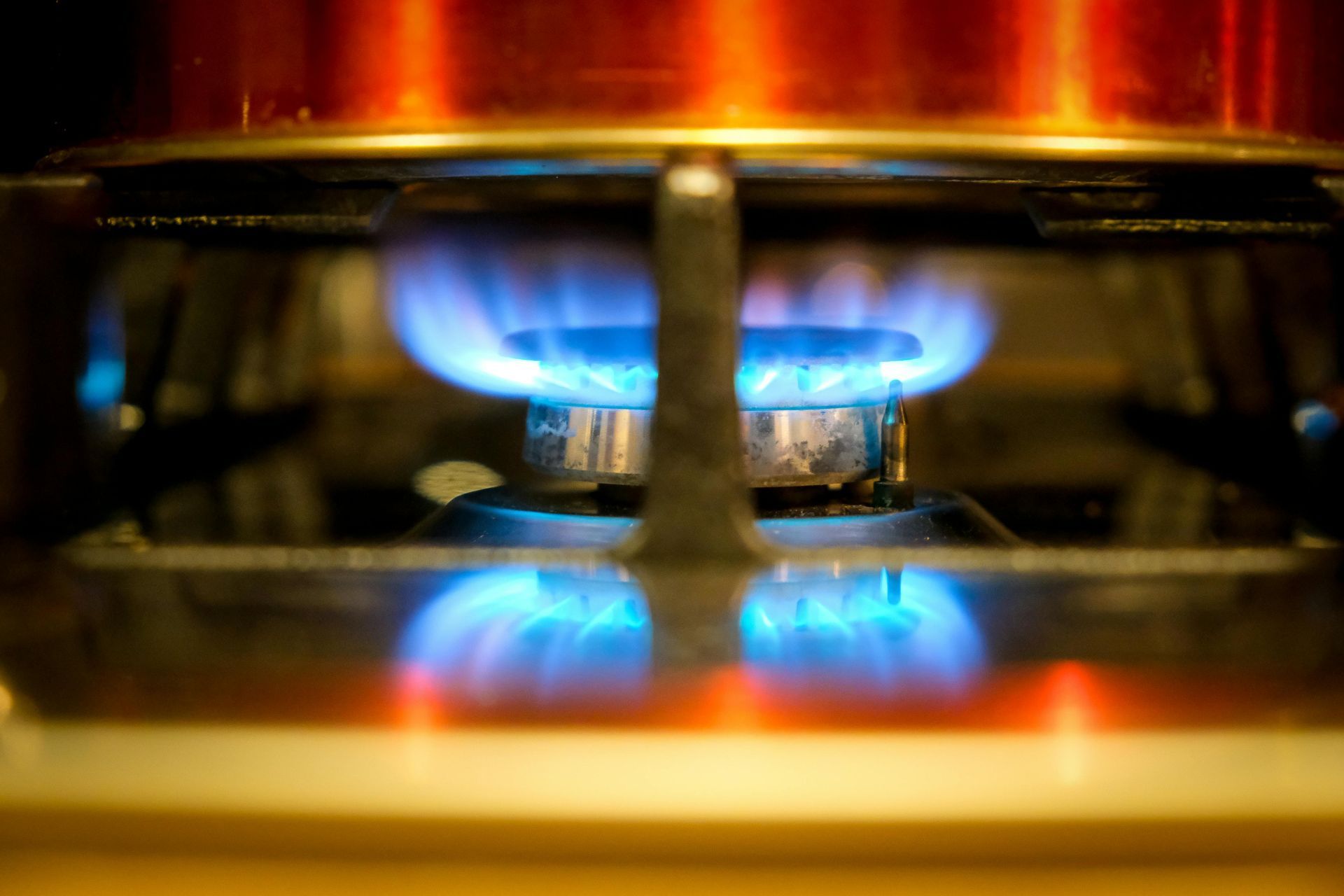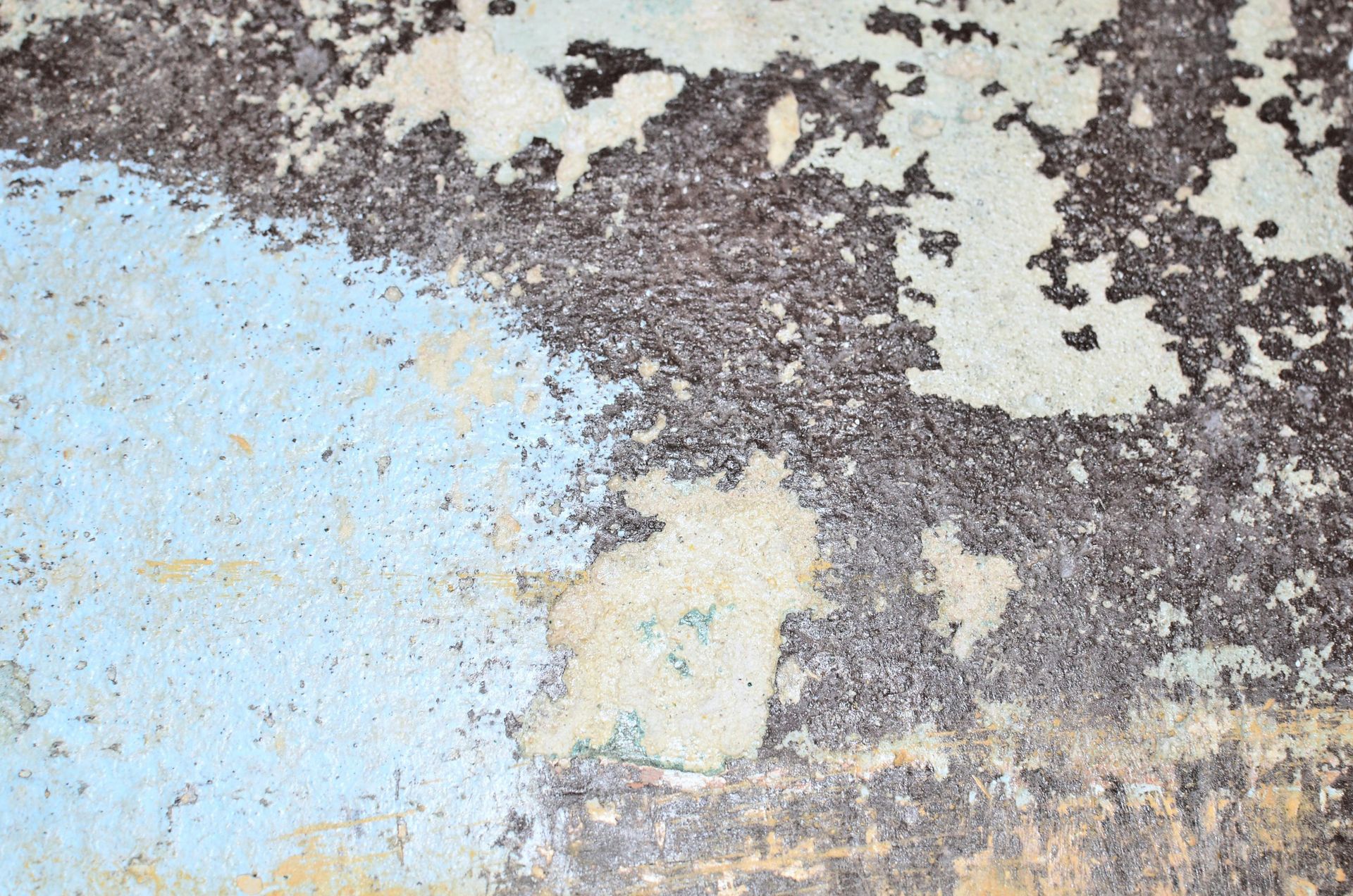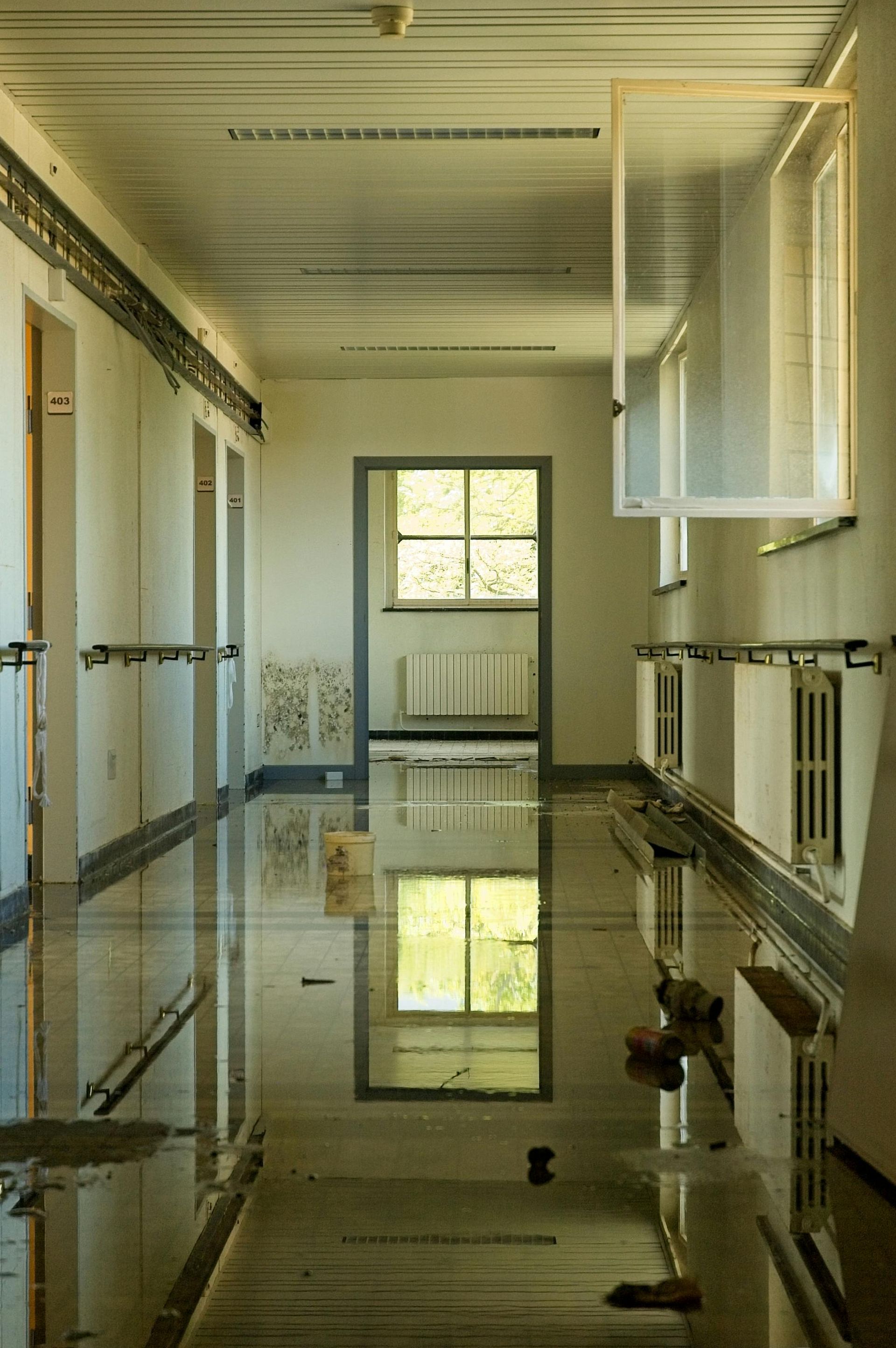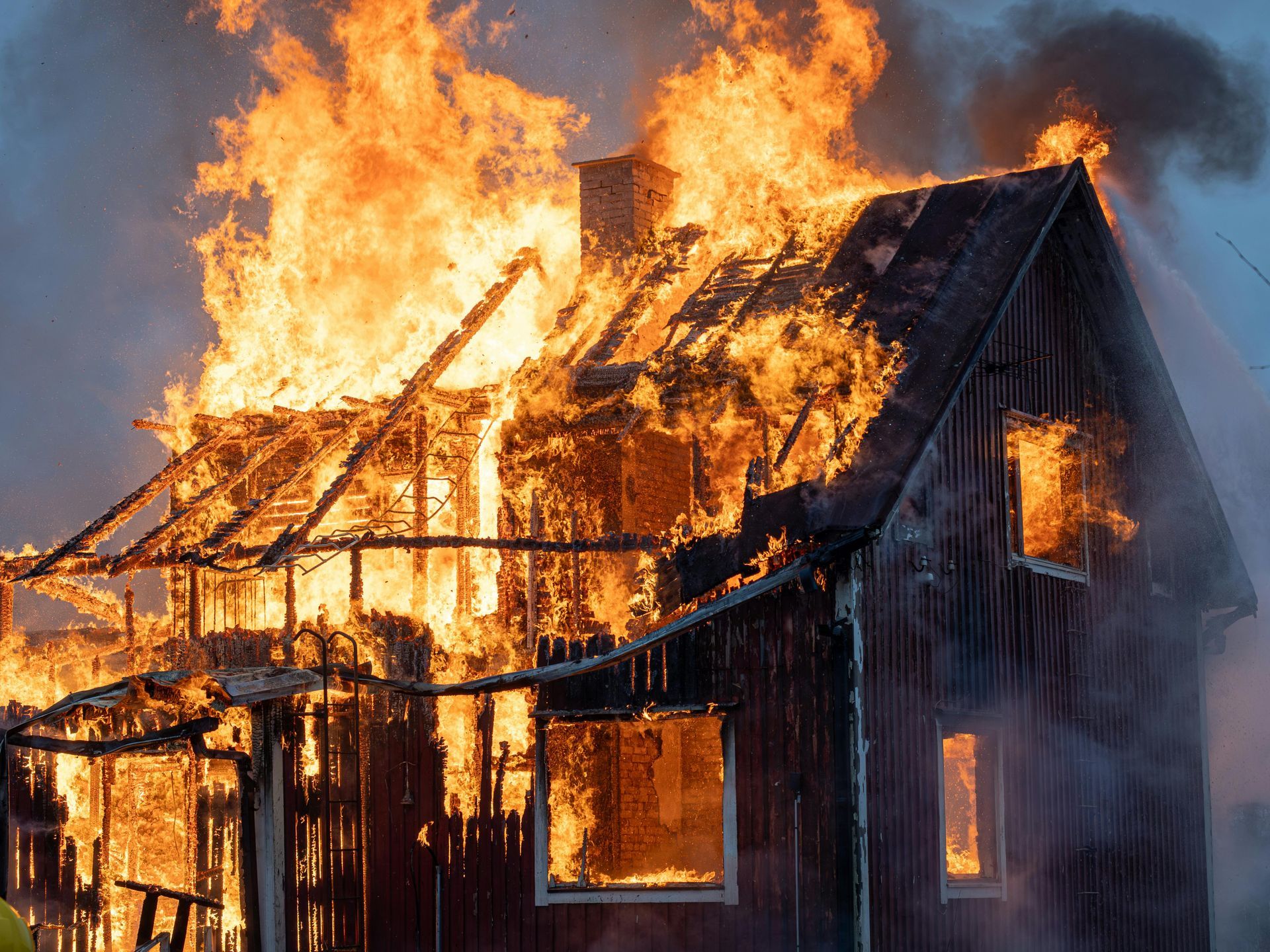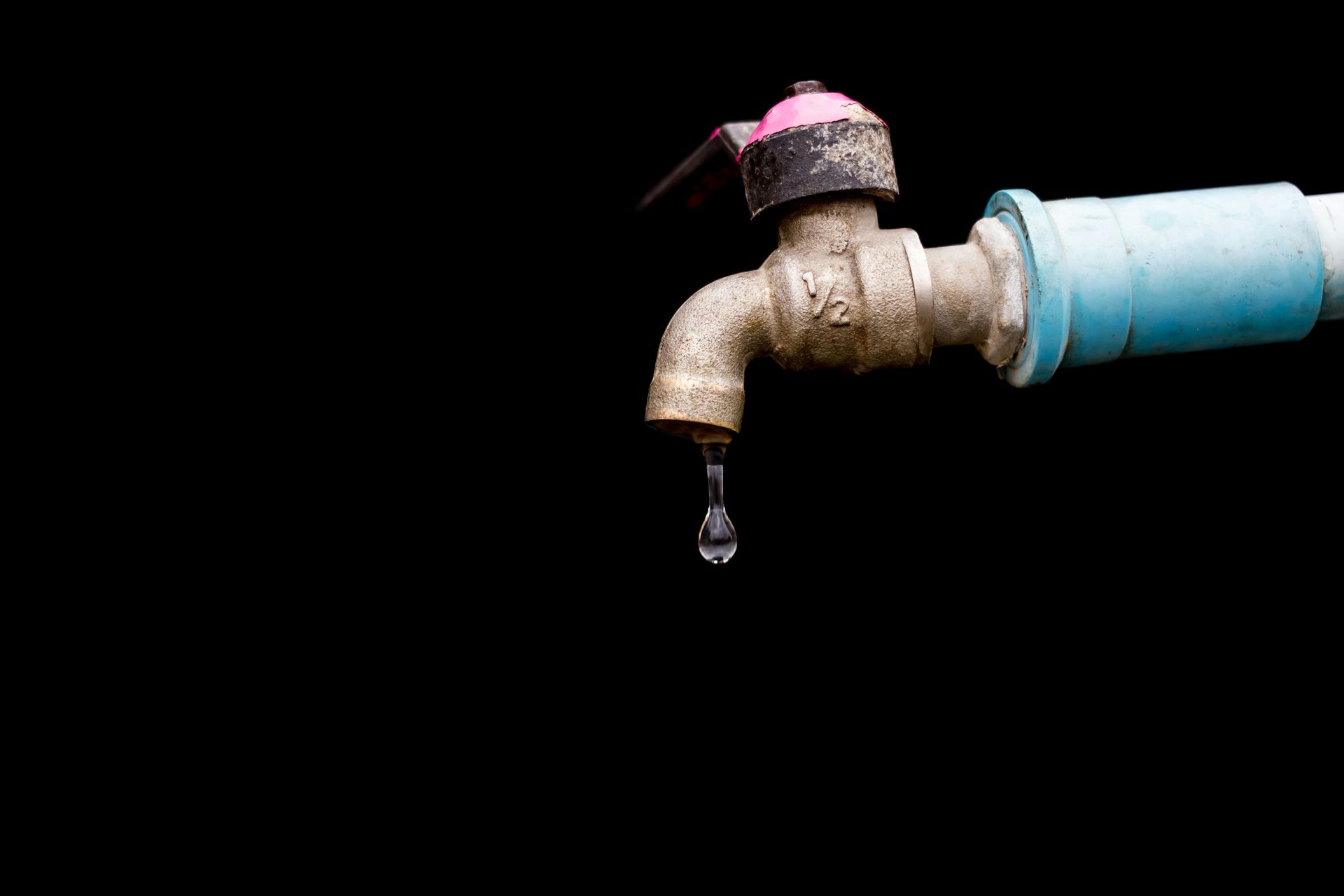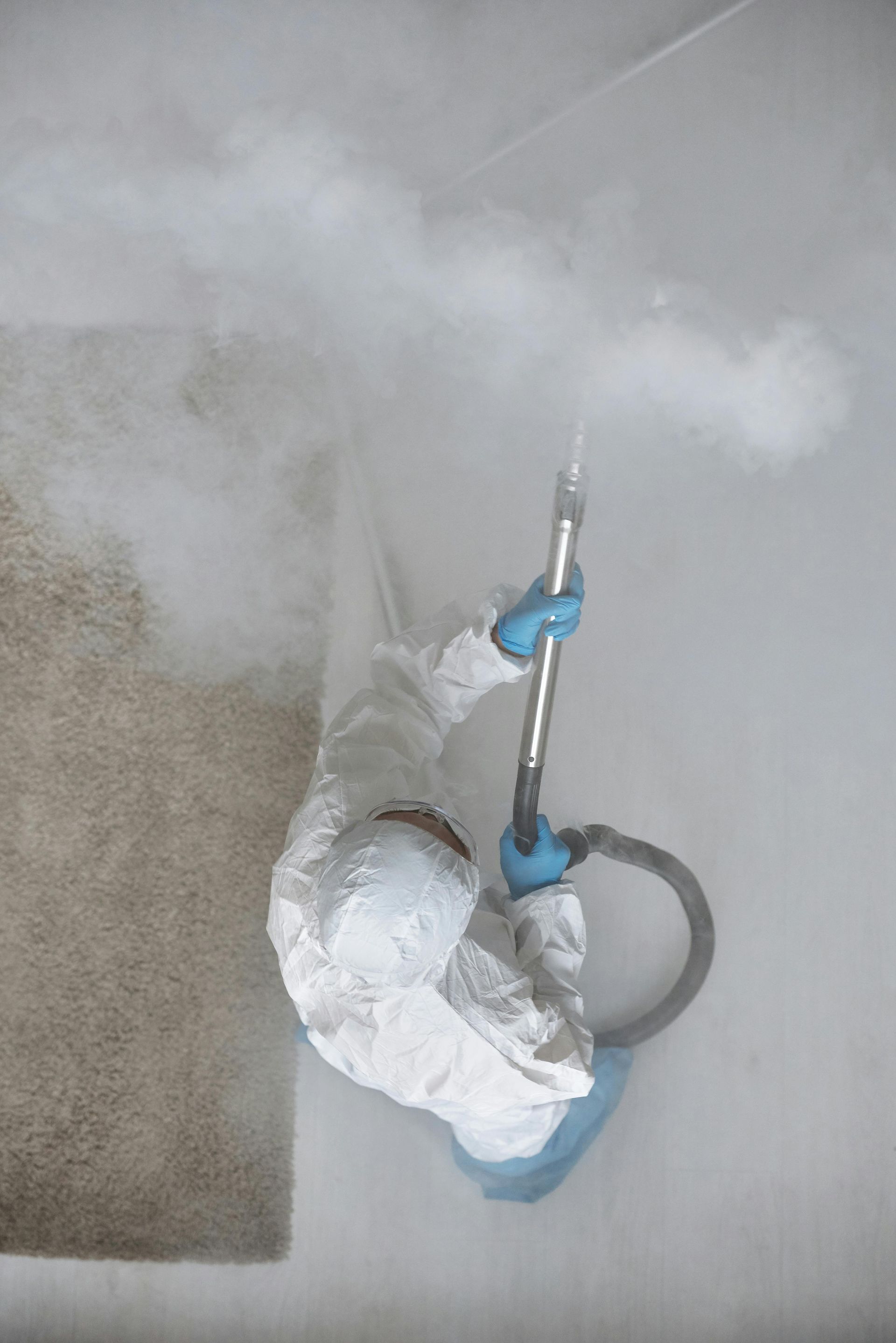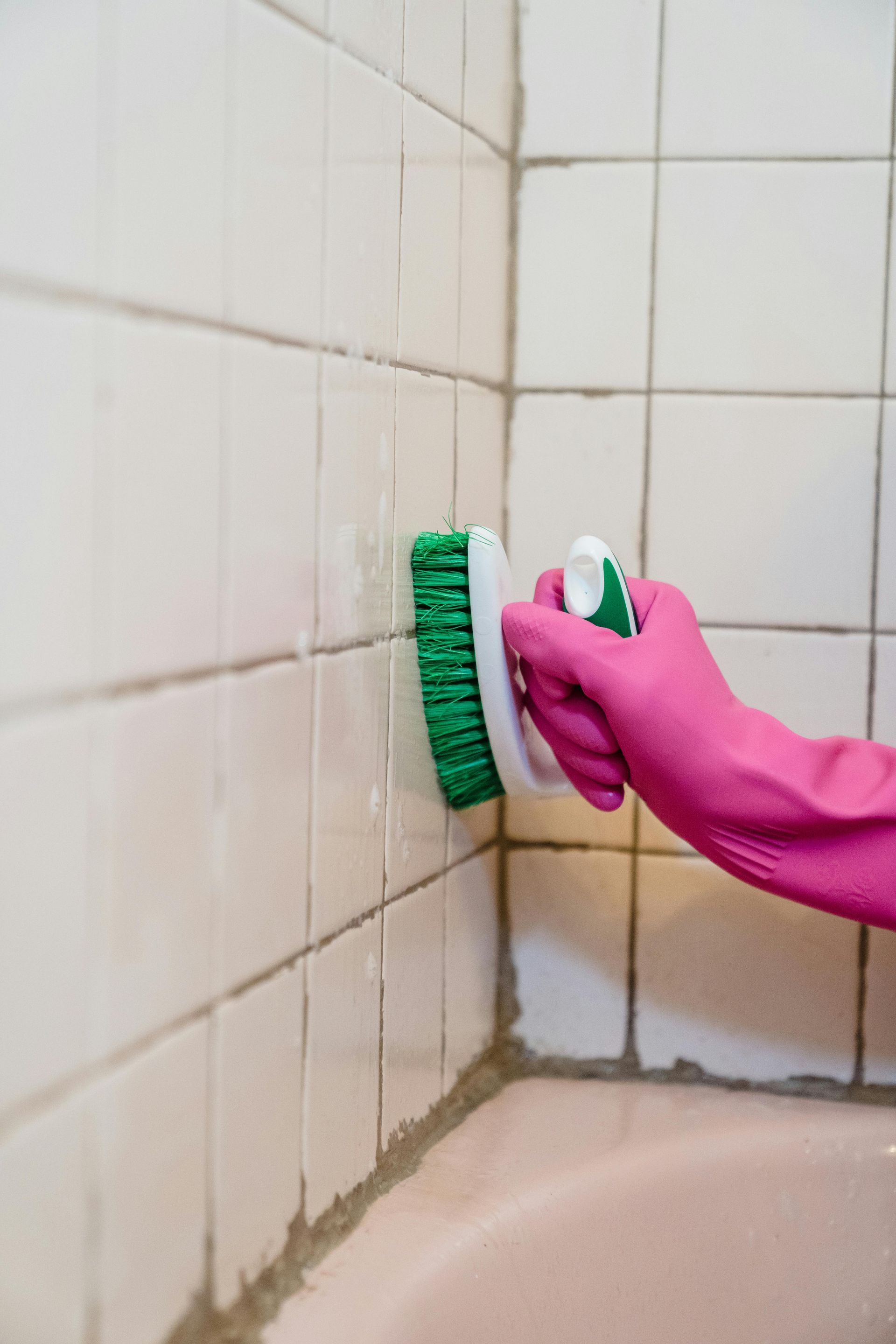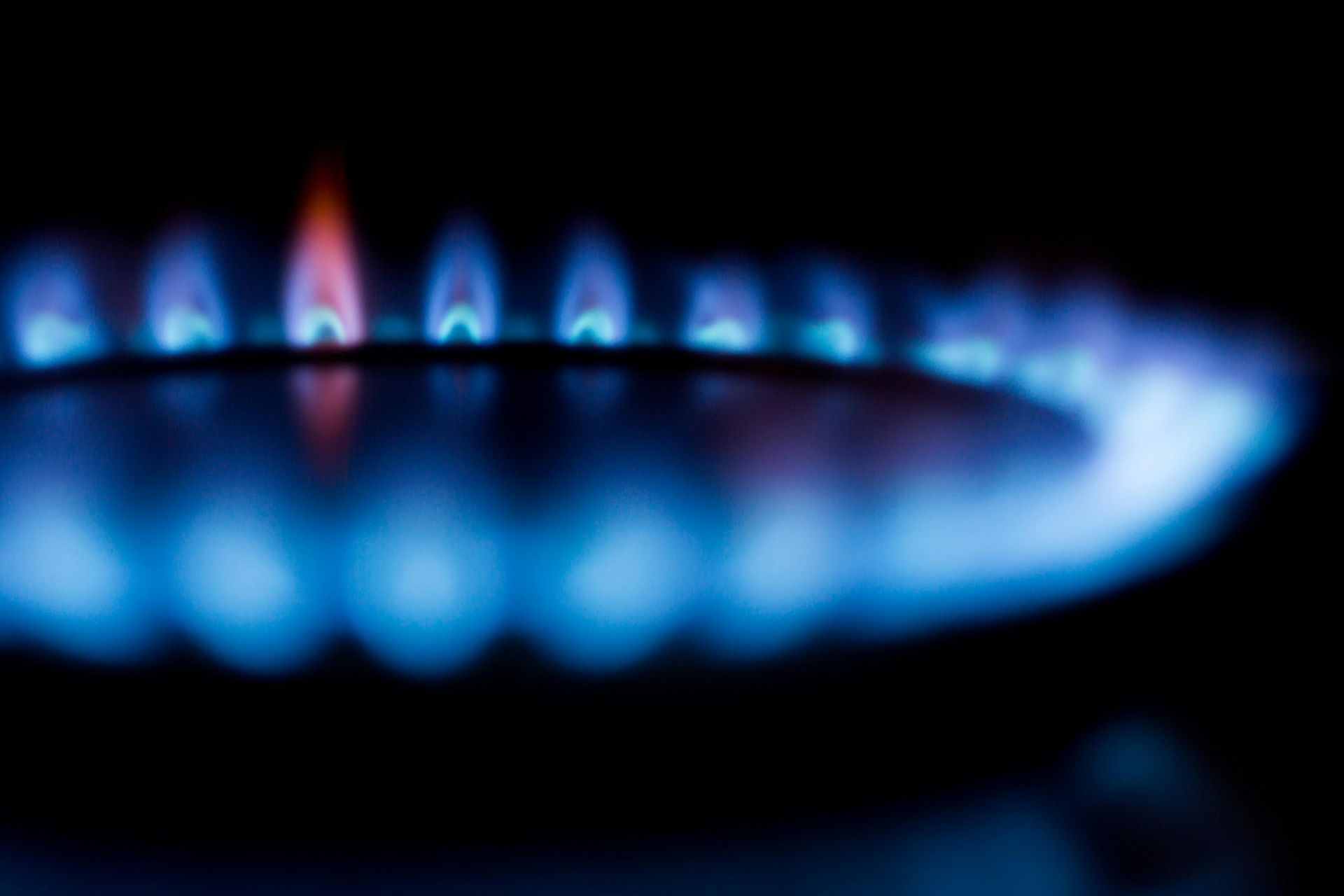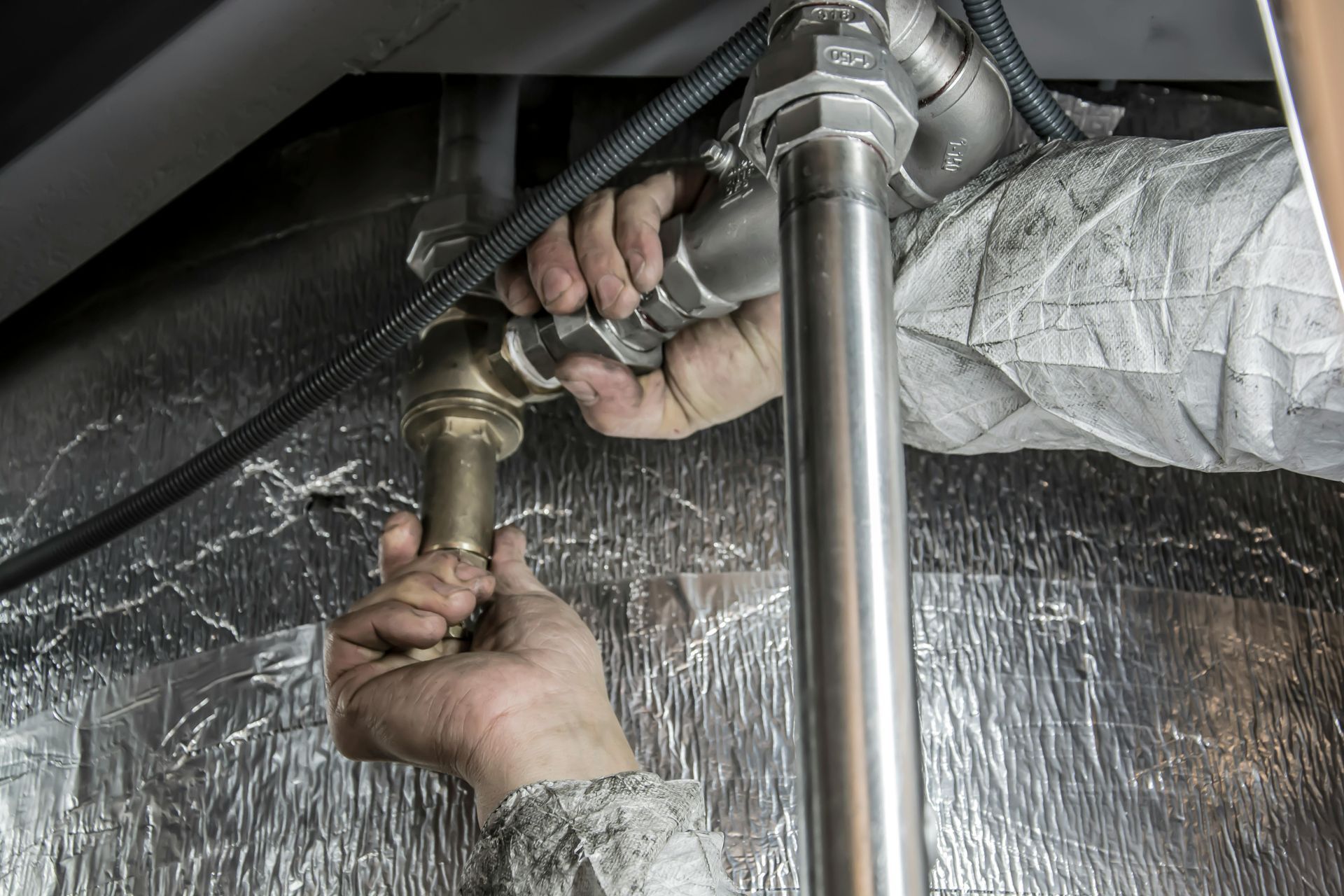The Importance of Quick Water Damage Response
Why Prompt Water Damage Clean Up is Crucial for Your Home
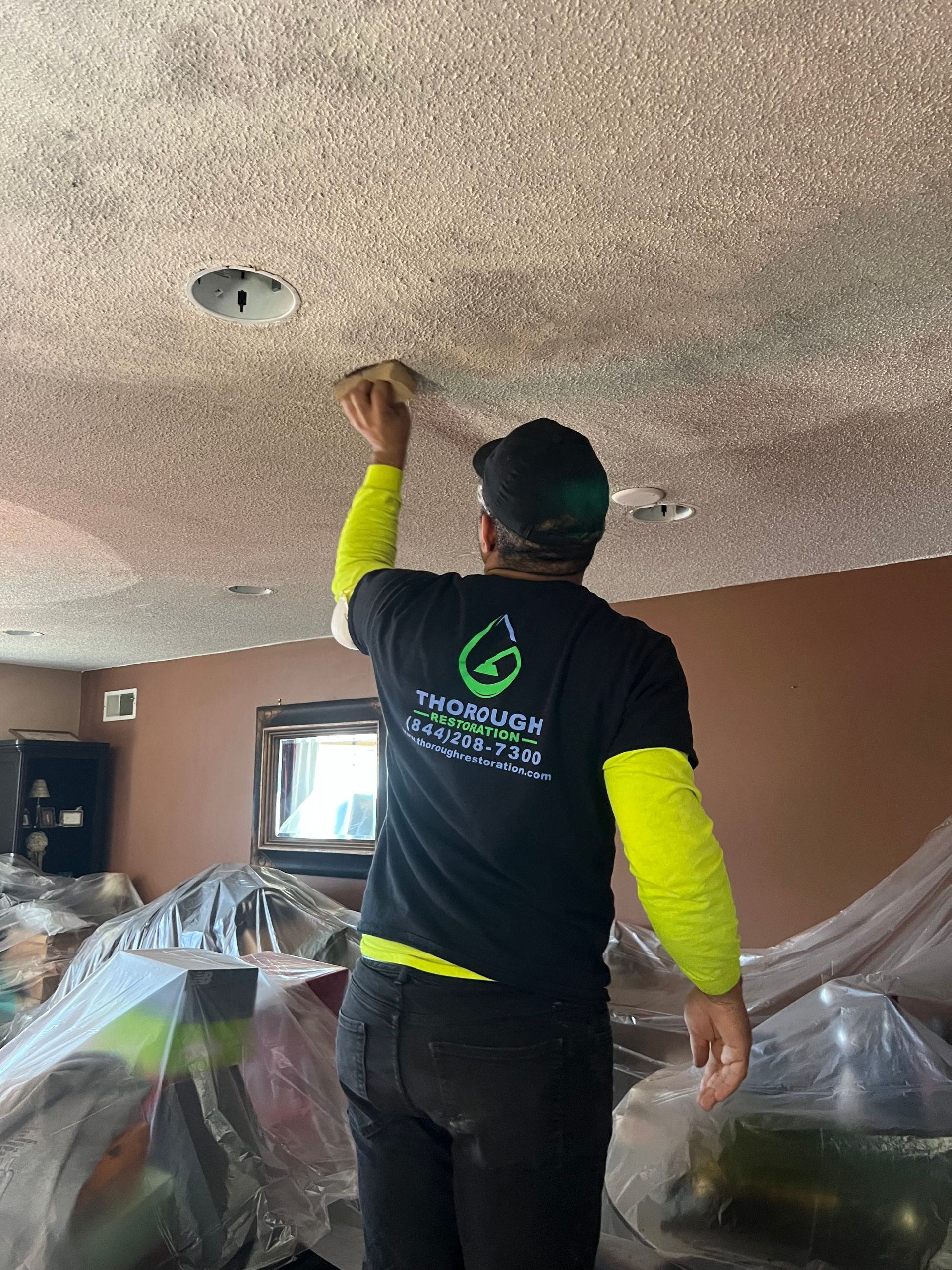
Water damage, a devastating issue faced by many homeowners, occurs when excess water infiltrates structures, leading to significant structural and aesthetic deterioration. Prompt water damage clean up is essential to prevent progressive destruction and avoid potential health hazards such as mold growth. Quick action is critical to minimize damage, salvaging as much property as possible, and reducing repair costs. In this article, we will explore the causes and effects of water damage and outline the necessary steps for effective water damage clean up. We will also examine preventative measures to protect your home from future incidents, ensuring long-term resilience and peace of mind.
Causes of Water Damage
Water damage can result from various sources, each with unique challenges. Below is an analysis of the most frequent causes:
- Leaking or burst pipes: This is a prevalent cause and can occur from aging infrastructure or sudden changes in temperature. Burst pipes can lead to immediate and significant water intrusion.
- Malfunctioning household appliances: Devices like washing machines, dishwashers, and water heaters degrade over time. Faulty connections or internal failures can result in water leaks.
- Plumbing issues: Problems such as clogged drains or sewer backups can cause water to overflow, leading to damage and potential health risks.
- Severe weather events: Events like flooding, heavy rain, or snowmelt can rapidly overwhelm drainage systems and penetrate homes.
- Roof leaks or damage: Damaged or aging roofs may allow water to seep into the structural framework during storms.
- Foundation cracks or damage: A compromised foundation can permit water ingress, particularly during heavy rainfall.
- Overflowing toilets or bathtubs: This often results from blockages or human error, necessitating immediate attention to prevent worsening conditions.
- Natural disasters: Hurricanes, earthquakes, and tsunamis are less common but can cause extensive water damage due to their sheer magnitude.
- HVAC issues: Poorly maintained air conditioning units and condensation buildup can lead to minor yet persistent water problems.
- Human error: Simple mistakes, like leaving a tap running, can quickly escalate into significant damage.
Long-Term Effects of Water Damage
Ignoring prompt water damage cleanup can lead to severe secondary damage, which compounds the initial harm and substantially impacts both the financial costs and the long-term value of the property. Here are some:
Mold Growth
Mold growth is a serious concern, especially in areas affected by water damage. Mold can begin to develop within 24 to 48 hours in damp conditions, posing various health risks. Exposure to mold spores can lead to respiratory problems, such as asthma and allergies, and exacerbate conditions like bronchitis. Mold can also induce skin irritation and trigger immune responses in certain individuals. Prolonged exposure might contribute to systemic infections, particularly in those with weakened immune systems. The presence of mold can lead to poor indoor air quality, making prompt removal and effective remediation essential to safeguard health.
Structural Damage
Water damage severely compromises the structural integrity of a building by weakening critical components such as walls, floors, and ceilings. For instance, saturated drywall can lose its strength, leading to warping, discoloration, or even collapse over time. Wooden floors may absorb moisture, resulting in swelling, buckling, or rot, undermining the stability of the structure. Ceilings exposed to prolonged moisture are at risk of sagging or developing unsightly stains, indicative of further underlying damage. Over time, prolonged exposure can lead to the deterioration of the building's framework, increasing the risk of serious structural failures and demanding costly repairs.
Electrical Issues
Water intrusion poses a significant threat to electrical systems, potentially leading to hazardous conditions. Moisture can corrode wires and components, increasing the risk of short circuits and electrical fires. When water reaches outlets, switches, or electrical panels, it can cause arc faults, resulting in sparks that ignite nearby combustible materials. For example, floodwaters can submerge electrical wiring within walls, escalating the danger of electrocution when touching wet surfaces. Immediate assessment and remediation are critical to ensuring safety, preventing power outages, and avoiding costly repairs associated with water-induced electrical damage.
Health Risks
Long-term exposure to water damage and resulting mold growth can gravely impact the health of individuals in affected buildings. Mold spores can exacerbate respiratory issues such as asthma and trigger allergic reactions, leading to nasal congestion, eye irritation, and skin rashes. Damp environments also enable the proliferation of dust mites and bacteria, further compromising air quality and enhancing respiratory distress. Prolonged exposure increases the risk of developing chronic respiratory conditions and can impair lung function, especially in the elderly, children, and those with compromised immune systems, necessitating thorough cleanup and preventative measures for occupant well-being.
Decrease in Property Value
Water damage can significantly reduce property value by causing extensive structural issues and aesthetic impairments. For example, repairing water-damaged foundations or replacing mold-infested drywall can cost thousands of dollars, impacting resale potential. Unsightly water stains and musty odors deter potential buyers, leading to lower offers. A compromised electrical system requiring rewiring adds further financial strain. Moreover, water damage history can devalue a home by up to 10-15%, according to real estate experts. Therefore, addressing water damage promptly is essential to protect investment value and ensure the property remains appealing on the market.
Increased Risk of Future Water Damage
Water damage can exacerbate future vulnerabilities by compromising structural elements, making them more susceptible to subsequent incidents. For instance, once drywall has been soaked, it becomes fragile and prone to crumble under minimal stress, leading to easier penetration during future leaks or floods. Similarly, weakened roof structures from prior damage can suffer accelerated deterioration when exposed to harsh weather conditions, allowing water to infiltrate more efficiently. Persistent water intrusion may compromise the integrity of foundations, making them less resilient to absorbing water from heavy rain, thereby increasing the likelihood of recurrent water damage events.
Unpleasant Odors and Reduced Indoor Air Quality
Water damage invariably leads to unpleasant odors and poor indoor air quality due to the growth of mold, mildew, and the proliferation of bacteria in damp conditions. These factors contribute to a musty smell that permeates affected areas, making them uncomfortable and unwelcoming. The resultant reduction in air quality poses significant health risks, particularly respiratory issues and allergic reactions, as airborne mold spores and bacteria irritate lungs, eyes, and skin. Those with preexisting conditions or weakened immune systems are at heightened risk, emphasizing the critical need for timely and effective cleanup to ensure a healthy living or working environment.
Pest Infestations
Water damage creates an ideal breeding ground for pest infestations by providing the moisture and shelter they need. Damp environments attract a variety of pests, including termites, which feed on wet wood, and cockroaches seeking humid conditions to thrive. Additionally, mosquitoes are drawn to standing water, which is used as a breeding site. Rodents, such as rats and mice, may infiltrate water-damaged areas in search of food and water sources, creating structural and health hazards. Swift remediation of water damage is essential to prevent these pests from establishing colonies within the building, thereby safeguarding the structure and its occupants.
Discoloration and Staining
Water damage can lead to pronounced discoloration and staining on walls, floors, and ceilings by causing pigments and materials to bleed or shift. When water seeps into building surfaces, it interacts with paints, wallpapers, and finishes, resulting in unattractive blotches and streaks. This process often culminates in yellow, brown, or black stains, drastically impacting the overall aesthetics of the building. Unsightly marks create an unkempt appearance, devaluing the property and diminishing its visual appeal. Prompt attention to these issues is crucial to maintaining a building's integrity and ensuring it remains inviting and appealing to occupants and visitors.
Inefficient Energy Usage
Water damage can significantly impact HVAC systems by compromising their efficiency and lifespan. Moisture affects insulation around ducts, causing heat loss and forcing systems to work harder to maintain desired temperatures. This inefficiency leads to increased energy consumption, subsequently raising utility bills. For example, water-infiltrated HVAC units suffer from corrosion, blockages, or reduced airflow, which results in elevated system strain and higher operational costs. If not promptly addressed, this damage can escalate to more extensive repairs or full system replacements, leading to further disruption and energy wastage in managing indoor comfort levels.
The Importance of an Immediate Response
An immediate response to water damage is critical to effectively mitigate further harm to your property. The faster you address the source of water intrusion and remove standing water, the less extensive the repercussions. By acting within the crucial 24-48 hour window, you can significantly reduce the risk of mold growth, which can pose serious health hazards and lead to additional repair costs. Mold can set in quickly and thrive in damp environments, underscoring the importance of prompt intervention.
Several tools and techniques are essential for a rapid and effective water damage repair process. Wet vacuums are instrumental in extracting standing water from floors and carpets, while dehumidifiers help to eliminate residual moisture from the air, reducing humidity levels and preventing mold spores from taking hold. Additionally, fans and air movers can aid in circulating air throughout the affected area, speeding up the drying process. Utilizing thermal imaging cameras can also be advantageous in identifying hidden pockets of moisture in walls and ceilings. By employing these strategies, you can minimize damage, preserve the integrity of your property, and ensure a safe and habitable environment.
Working with Water Damage Professionals
Working with water damage professionals offers numerous benefits, ensuring a comprehensive and efficient restoration process. These experts provide a range of vital services:
- Water Extraction: Swift removal of standing water is critical to mitigating damage and preventing further deterioration. Professionals utilize advanced equipment to efficiently extract water, leaving your property dry and secure.
- Mold Remediation: Specialists can effectively identify and remove mold growth, safeguarding the health of occupants and preventing structural damage.
- Structural Repair: Water damage professionals are equipped to assess and repair any structural compromises, ensuring the building's integrity is preserved.
To find a reputable and reliable water damage professional, consider the following tips:
- Check Certifications: Ensure the company has relevant industry certifications, indicating adherence to professional standards.
- Read Reviews: Seek feedback from previous clients to gauge the company's reliability and effectiveness.
- Verify Insurance and Licensing: Confirm that the professionals are fully insured and licensed to provide services in your area.
- Request Quotes: Obtain multiple quotes to compare services and costs. This helps you make an informed decision based on both quality and budget.
Act Fast – Get In Touch Now!
Water damage poses significant risks, including mold growth, structural harm, and a decrease in property value. Prompt action is crucial, utilizing tools like wet vacuums and dehumidifiers alongside expert guidance from certified water damage professionals. Marlings Restoration offers tailored solutions for efficient remediation and restoration, ensuring your property's safety and integrity. Trust our skilled team for comprehensive services, from water extraction to mold removal, preserving your property's value and health standards. Act now to protect your investment—contact Marlings Restoration today for an expert consultation and immediate assistance!

